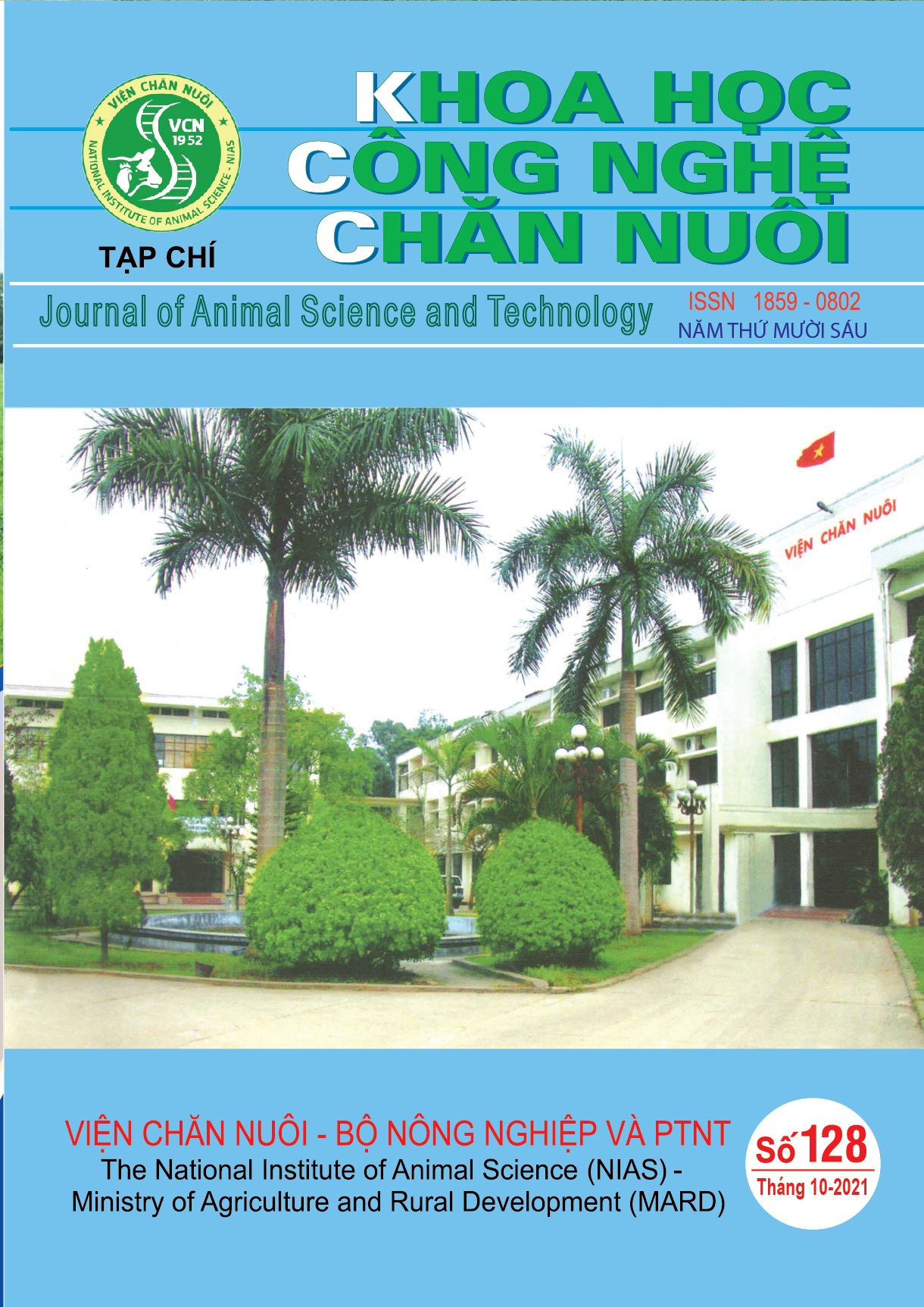Dry-aging of beef after slaughter
The present review has mainly focused on the specific parameters including aging (aging days, temperature, relative humidity, and air flow), eating quality (flavor, tenderness and juiciness), microbiological quality and economic (shrinkage, retail yields and cost) involved beef dry aging process. Dry aging is the process where beef carcasses or primal cuts are hanged and aged for 28 to 55 d under controlling environment conditions in a refrigerated room with 0° to 4°C and with relative humidity of 75 to 80 %. However there are various opinions on dry aging procedures and purveyors of such products are passionate about their programs. Recently, there has been an increased interest in dry aging process by a wider array of purveyors and retailers in the many countries. Dry aging process is very costly because of high aging shrinkage (6 to15 %), trims loss (3 to 24 %), risk of contamination and the requirement of highest grades meat with. The packaging in highly moisture-permeable bag may positively impact on safety, quality and shelf stability of dry aged beef. The key effect of dry aging is the concentration of the flavor that can only be described as “dry-aged beef”. But the contribution of flavor compounds of proteolysis and lipolysis to the cooked dry aged beef flavor is not fully known. Also there are limited scientific studies of aging parameters on the quality and palatability of dry aged beef.

